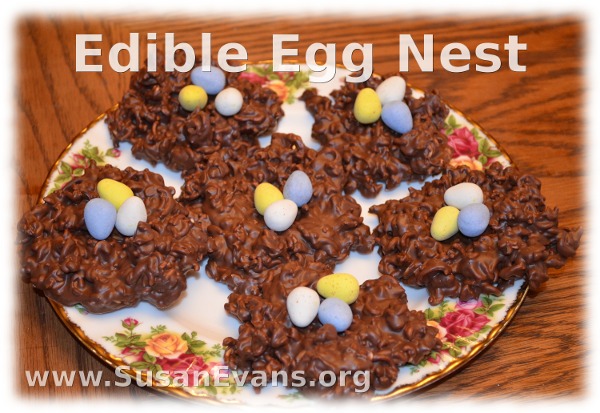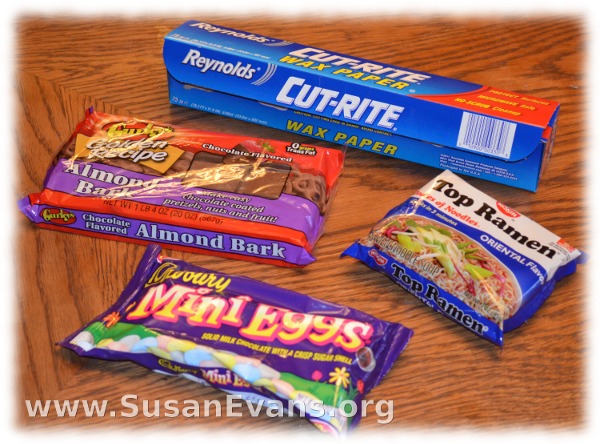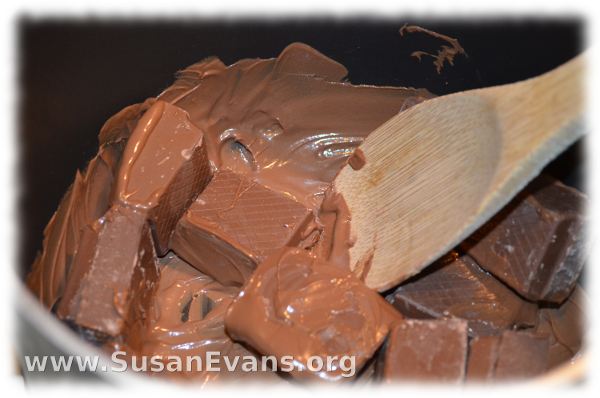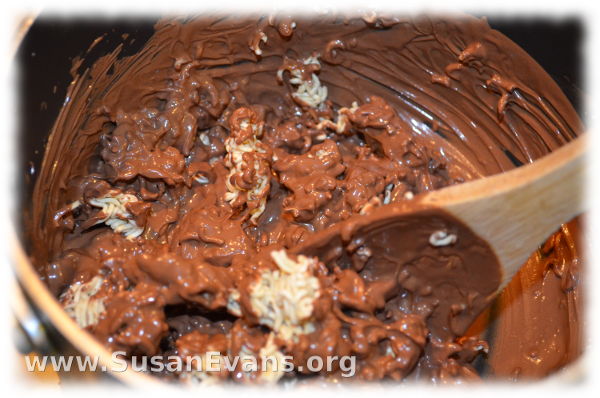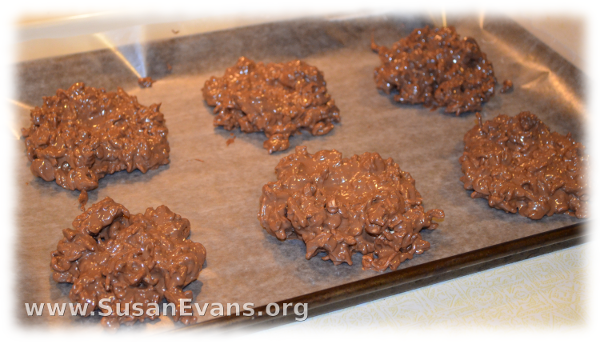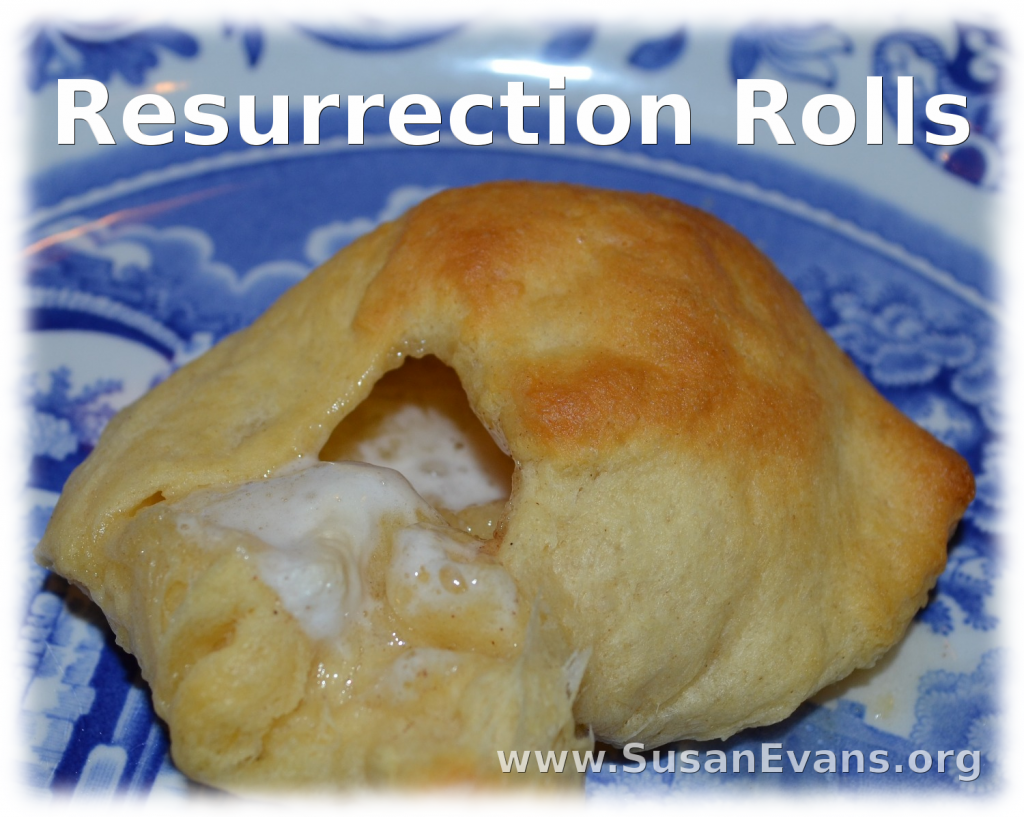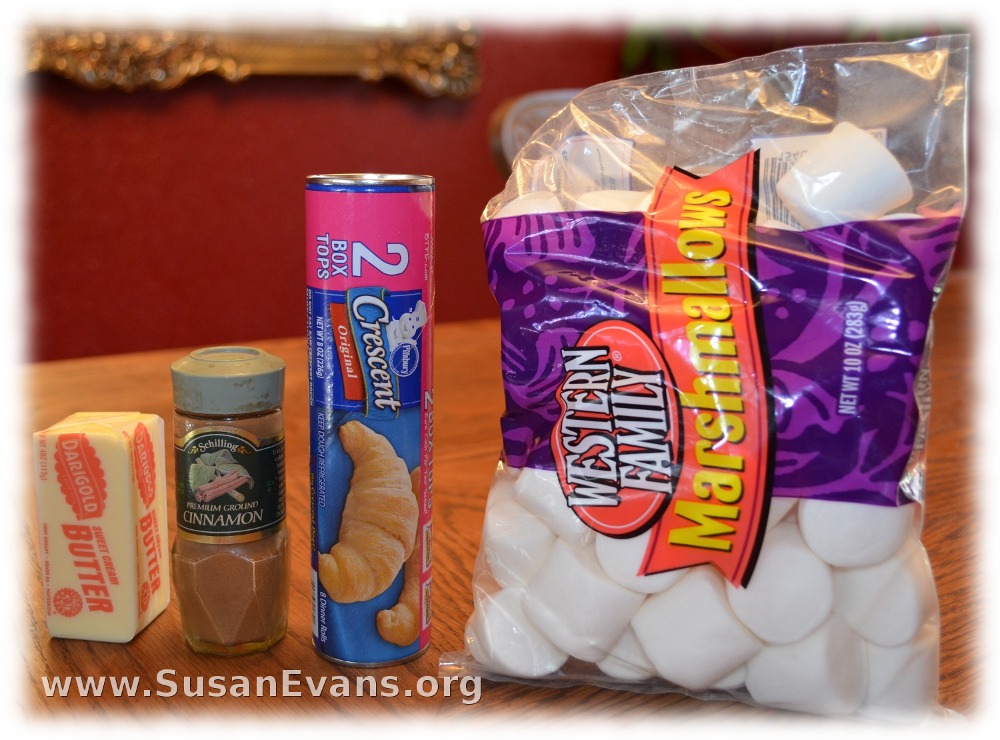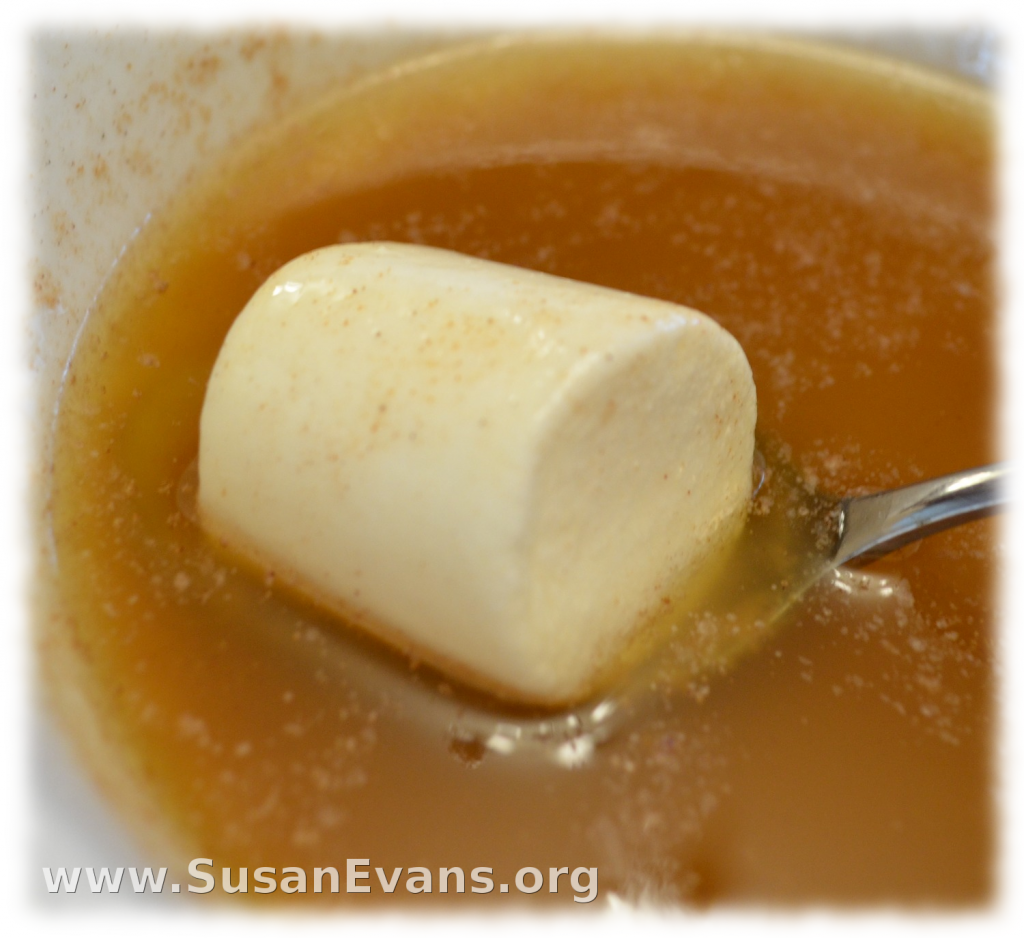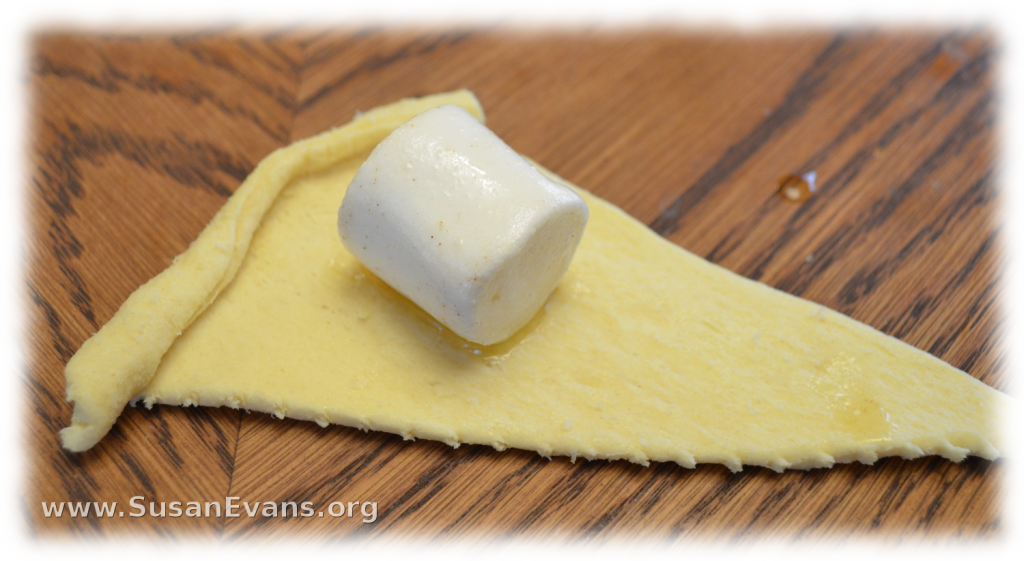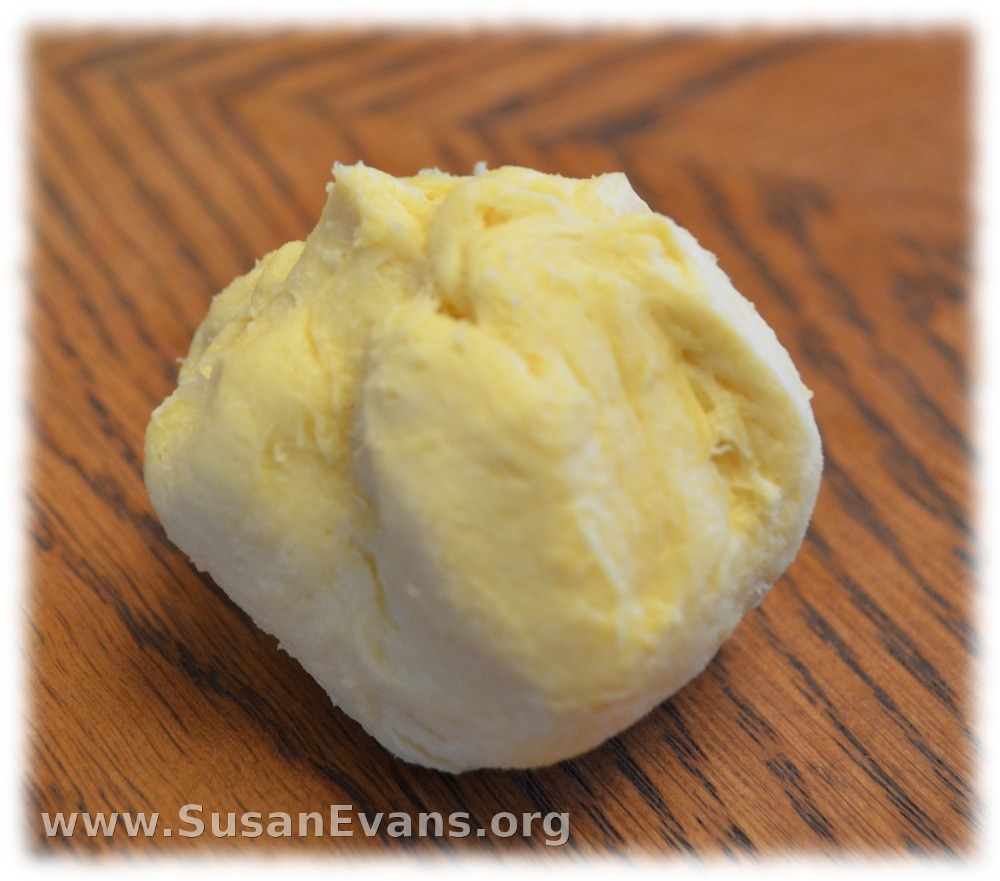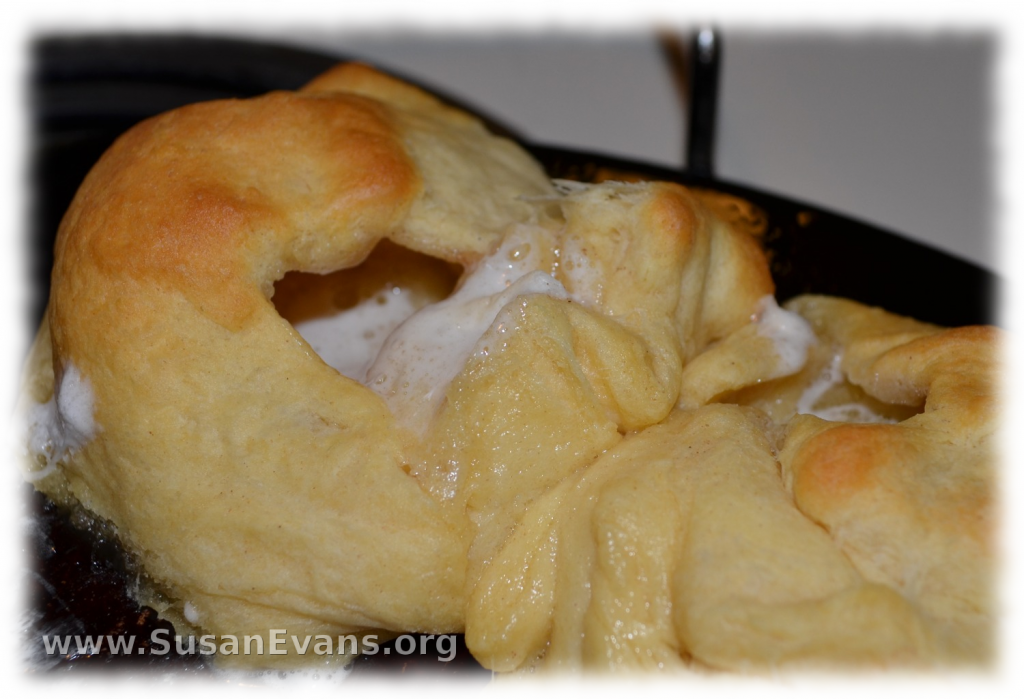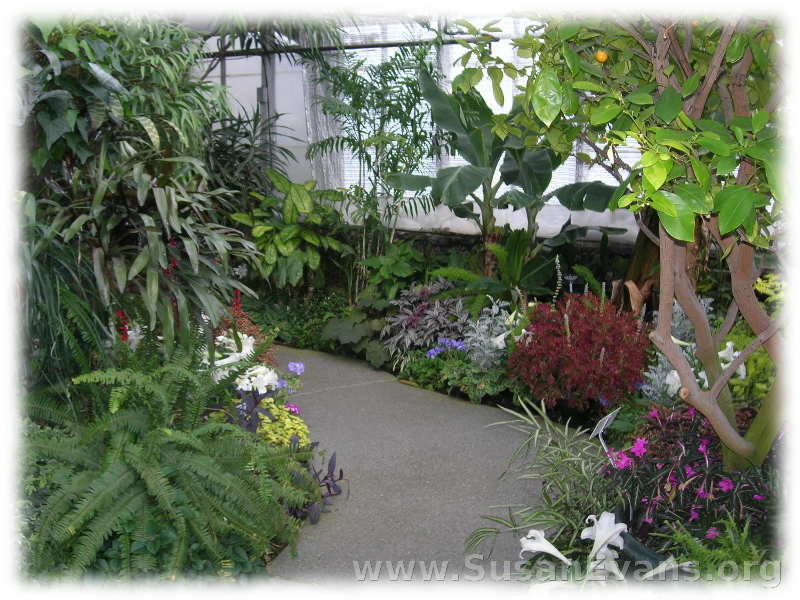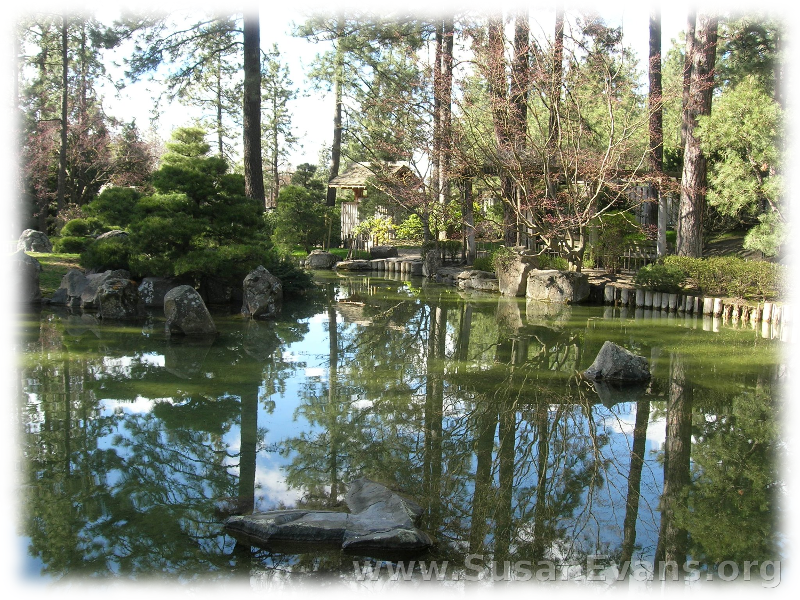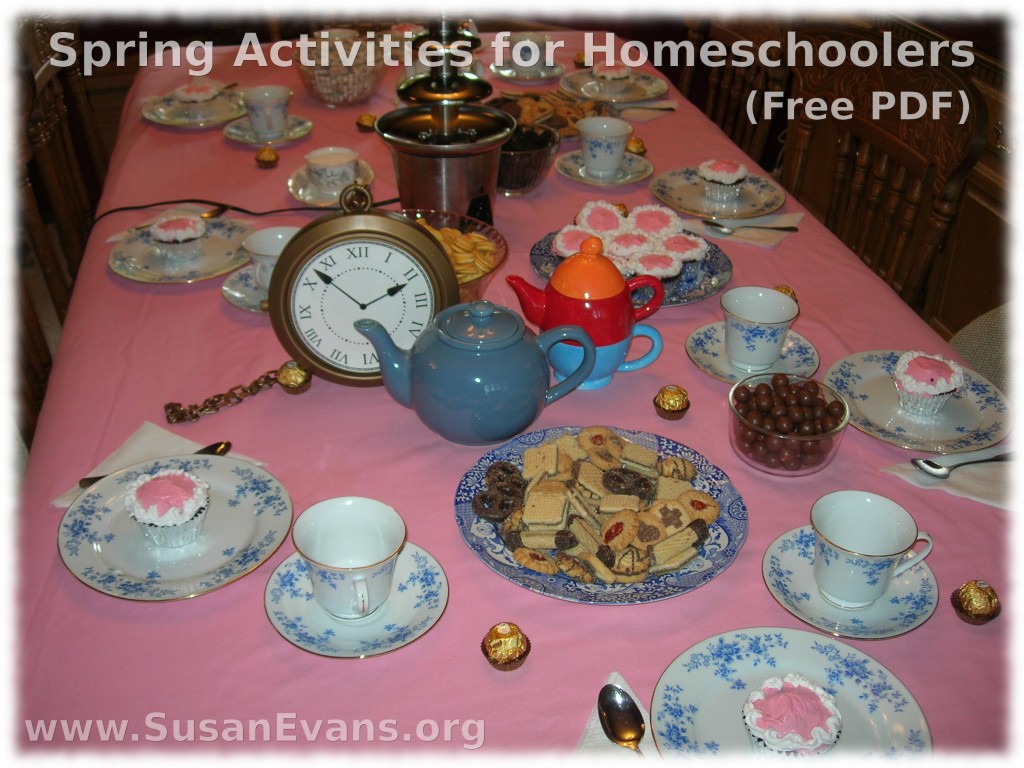This edible egg nest is easy to make and looks so cute! It is made of dry oriental noodles mixed with chocolate almond bark. In order to make these nests with your children, you will need the following items:
- chocolate almond bark (1 package)
- cheap oriental noodles (2 packages)
- Cadbury’s Chocolate Mini Eggs (or Easter M&M’s or jellybeans)
- wax paper
Melt the chocolate almond bark in a saucepan on medium heat. It will take less than 5 minutes, so keep stirring the whole time so that the chocolate doesn’t burn.
When the chocolate is liquefied, break up the dry oriental noodles and drop them into the pot. Stir until the chocolate completely covers the noodles, giving the mixture a nest-like texture.
Now spoon blobs of this yummy chocolate nest material onto a cookie sheet lined with wax paper. Indent the middle of the nests before you put them in the refrigerator to harden fully.
Allow to harden for a few minutes in the refrigerator before adding the yummy chocolate candy eggs to the nest. Then delight your children by allowing them to eat the delicious edible egg nest!
